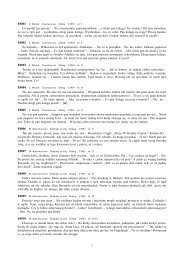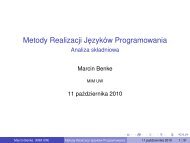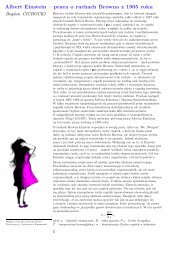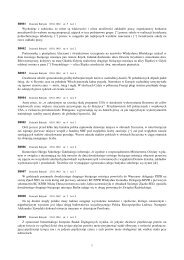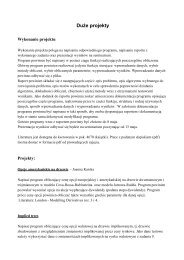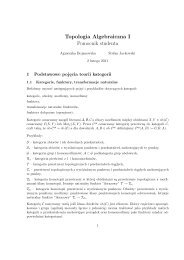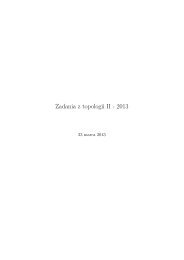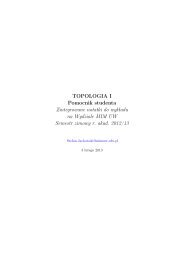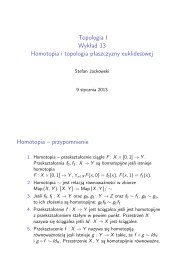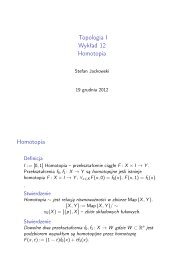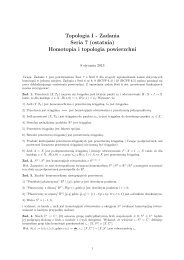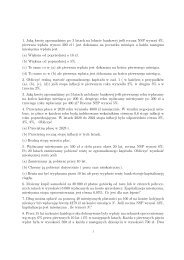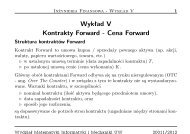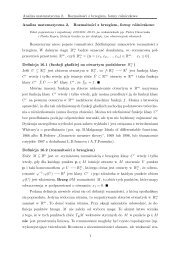Lecture 3 Pseudo-random number generation
Lecture 3 Pseudo-random number generation
Lecture 3 Pseudo-random number generation
Create successful ePaper yourself
Turn your PDF publications into a flip-book with our unique Google optimized e-Paper software.
Naeve effect<br />
In 1973, H. R. Naeve discovered an undesirable interaction<br />
between simple multiplicative congruential pseudo-<strong>random</strong><br />
<strong>number</strong> generators and the Box-Muller algorithm. The pairs of<br />
points generated by the Box-Muller method fall into a small<br />
range (rectangle) around zero. The Naeve effect disappears<br />
for the polar method.<br />
Unfortunately, <strong>number</strong> theorists suspect that effects similar to<br />
the Naeve effect may occur for other pseudo-<strong>random</strong><br />
generators.<br />
In summary, since there are highly accurate algorithms for the<br />
inverse cumulative normal probability function, use those<br />
rather than the Box-Muller algorithm.<br />
Computational Finance – p. 30



